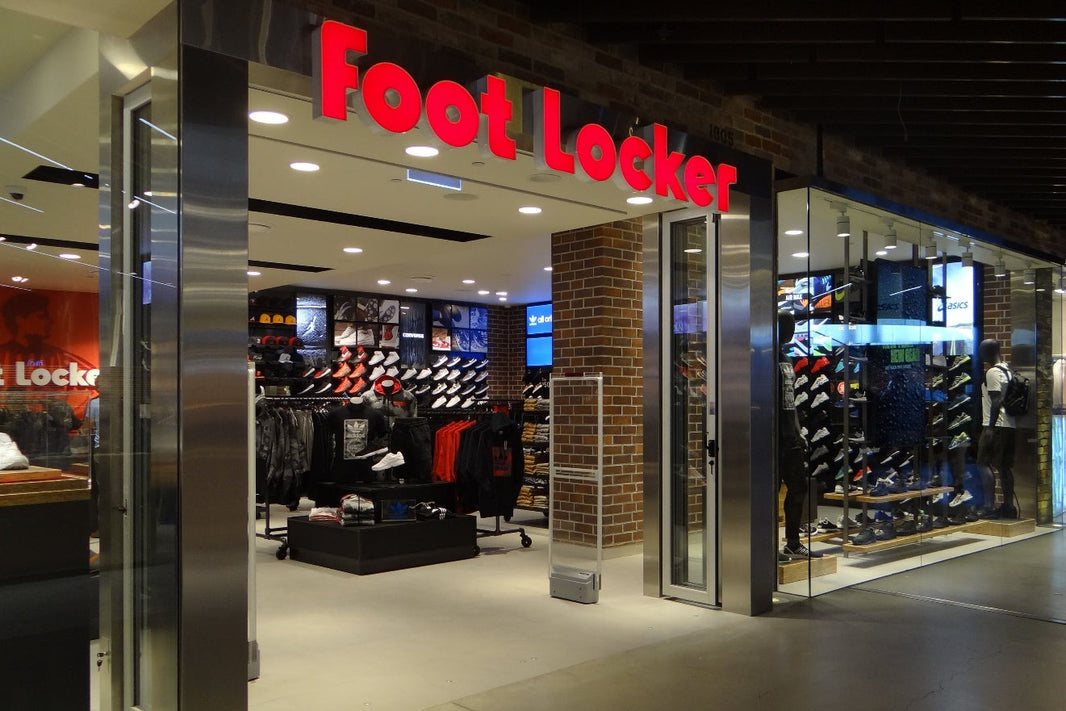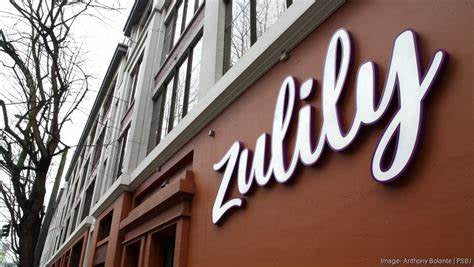Dick’s Sporting Goods is capitalizing on its recent sales momentum with bold plans for “significant investments” in both its physical stores and digital platforms. As outlined in the article titled “Dick’s plots ‘significant investments’ in stores, digital as winning streak continues,” the retailer is strategically positioning itself to expand its e-commerce footprint, grow its thriving footwear category, and enhance its innovative store concepts. Below, we dive into the details of Dick’s strategy, optimized for search terms like “Dick’s Sporting Goods investments,” “Dick’s new stores,” “Dick’s footwear growth,” and “Dick’s e-commerce strategy.”
Strong Sales Growth Sets the Stage
Even with a fiscal year shortened by one week, Dick’s delivered impressive results. According to a company press release, fourth-quarter sales rose by 0.5%, while full-year sales increased by 3.5%. When adjusted for the missing week, these figures jump to an estimated 5% growth for both Q4 and the full year. This resilience underscores Dick’s ability to thrive in a competitive retail landscape, paving the way for its ambitious investment plans.
Significant Investments in Technology and Stores
CEO Lauren Hobart recently shared with analysts that Dick’s is committing substantial resources to bolster its technology and marketing efforts. The goal? To amplify its online presence and capture a larger slice of the e-commerce market. Simultaneously, the retailer is doubling down on its physical retail strategy by expanding unique store formats like House of Sport and Field House.
In 2024, Dick’s opened 7 House of Sport locations and 15 Field House stores, with plans to launch 16 and 18 more, respectively, in the coming year. CFO Navdeep Gupta noted that approximately 70% of these new openings will involve relocating or reimagining existing stores rather than adding net new locations. This approach optimizes Dick’s retail footprint while keeping costs in check.
Footwear: A Growing Powerhouse
Footwear has emerged as a cornerstone of Dick’s growth, now comprising 28% of its business—a remarkable 900-basis-point increase from a decade ago, with half of that surge occurring in just the last three years. To fuel this momentum, Dick’s is ramping up marketing investments in the category and partnering with top brands for high-profile product launches. This focus on footwear positions Dick’s as a go-to destination for athletic and casual shoe shoppers alike.
E-Commerce Acceleration
Dick’s is sharpening its e-commerce strategy with investments aimed at improving speed, convenience, and mobile app functionality. Hobart emphasized the retailer’s ambition to “significantly expand” its digital presence, aligning with the growing trend of omnichannel shopping. By enhancing its online platforms, Dick’s aims to attract more customers and boost its market share in the competitive e-commerce space.
Navigating Tariff Challenges
While tariffs pose a potential hurdle—particularly for Dick’s brand partners, who face greater exposure due to manufacturing dependencies—the company remains proactive. Gupta highlighted that Dick’s is collaborating with suppliers to manage pricing and mitigate risks. Notably, the retailer’s 2025 financial guidance excludes any tariff-related impacts, reflecting confidence in its adaptability despite past uncertainties from the Trump administration’s trade policies.
Future Outlook: Steady Growth Ahead
For the upcoming fiscal year, Dick’s anticipates comparable store sales (comps) growth of 1% to 3% and total sales ranging from $13.6 billion to $13.9 billion, up from $13.4 billion in 2024. Industry expert Neil Saunders of GlobalData praised this “reasonable pace of expansion,” noting that Dick’s investments in stores like House of Sport and Field House are “future-proofing” the retailer. Saunders added that these efforts are drawing customers away from traditional competitors like department stores and mass merchants such as Target—a critical advantage in a market with slowing organic spending growth.
Scaling Back Underperforming Concepts
Not every initiative has been a home run. Dick’s has pared down its Public Lands banner, reducing it from eight stores to just three, and its Moosejaw acquisition has been fully integrated into Public Lands, with no standalone locations remaining. These adjustments suggest a pragmatic approach, allowing Dick’s to focus resources on its most promising growth drivers.
Why This Matters
Dick’s investments in physical stores and digital platforms are more than just upgrades—they’re a strategic play to stand out in a crowded retail sector. As Saunders pointed out, the retailer’s focus on enhancing its store fleet is helping it thrive at a time when some competitors neglect their physical spaces. This dual emphasis on innovation and e-commerce could solidify Dick’s edge in the sporting goods market.
Summary
Dick’s Sporting Goods is leveraging its sales success to fund a forward-thinking strategy centered on store expansion, digital growth, and footwear dominance. By blending cutting-edge technology with reimagined retail spaces, Dick’s is not only adapting to industry shifts but also shaping the future of sporting goods retail. Whether you’re searching for updates on “Dick’s new stores” or its “e-commerce strategy,” it’s clear the retailer is poised to keep its winning streak alive.






